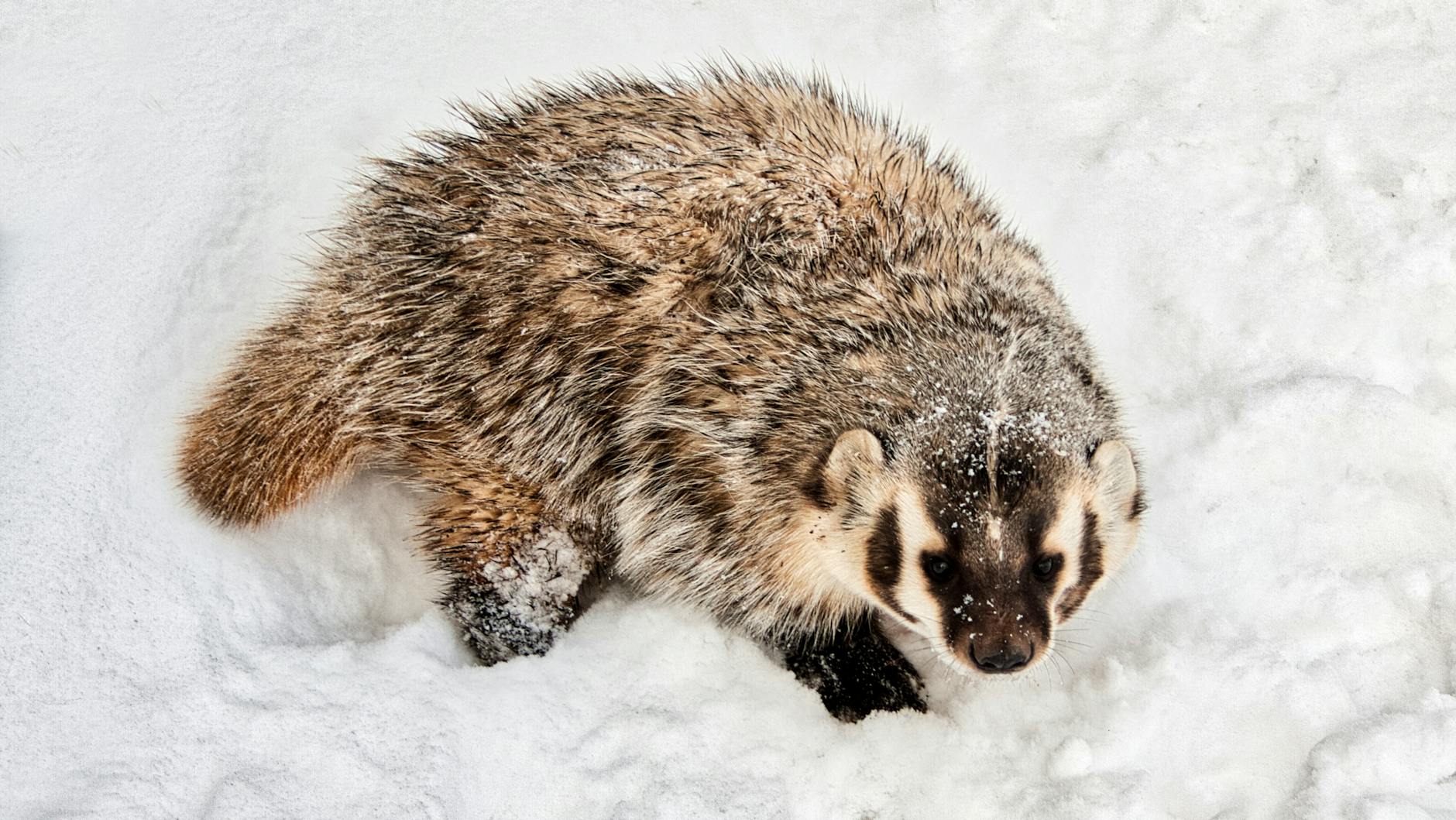
American Badgers: Fierce, Fast Diggers of the Wild West
With their squat bodies, sharp claws, and grumpy expressions, American badgers (Taxidea taxus) might not look like top-tier predators—but don’t be fooled. These solitary diggers are built for action. Native to the grasslands and open spaces of North America, American badgers are tough, tenacious, and perfectly designed for life underground.
Let’s explore what makes this North American native so uniquely suited for survival—and why it deserves a lot more respect than it gets.
Where Do American Badgers Live?
American badgers are found across much of western and central North America—from southern Canada, through the western U.S., and down into northern Mexico. They prefer open terrain like prairies, deserts, and farmland, where the soil is soft enough for digging and the prey is plentiful.
Unlike their European relatives who often live in social groups, American badgers are fiercely solitary. Each adult usually maintains its own territory and digs several dens throughout the year.
Built for Digging (and Hunting)
If you had to design the ultimate digging machine, it would look a lot like an American badger. These animals have:
- Powerful forelimbs with long, curved claws
- Broad, muscular shoulders
- Low, flat bodies for slipping into burrows
But they don’t just dig to build dens—they also dig to hunt. American badgers specialize in ambushing ground-dwelling prey like gophers, ground squirrels, voles, and even snakes. They can dig down into a burrow in seconds and often wait patiently to catch their prey by surprise.
In some cases, they even form hunting partnerships with coyotes—with the badger digging underground and the coyote chasing prey above. It’s an unusual but surprisingly effective team effort!
What Do American Badgers Eat?
American badgers are carnivores, and they prefer live prey. Their diet includes:
- Rodents (like pocket gophers, voles, and ground squirrels)
- Birds and their eggs
- Reptiles and amphibians
- Insects and carrion when necessary
Their hunting style is stealthy and precise. Once prey is detected underground, they’ll dig rapidly to trap it—and very few animals can escape a determined badger.
Life Underground
American badgers are mostly nocturnal, though in more remote areas they may be active during the day. They spend much of their time in underground dens, which provide shelter, a place to rest, and safety from predators like coyotes, bobcats, and eagles.
A single badger may dig dozens of dens throughout the year, sometimes moving every few days. In colder regions, they go into a state of torpor (a light hibernation) during the winter months, conserving energy until spring.
Behavior and Personality
While American badgers are not aggressive by nature, they can put up a fierce fight when threatened. Their growls, snarls, and bluff charges are often enough to send would-be predators running. And if that doesn’t work? They’re equipped with sharp teeth and claws that make them formidable opponents.
That said, badgers prefer to avoid conflict, relying on camouflage and retreat to stay out of trouble.
Fun Facts About American Badgers
- They’re fast! Despite their shape, they can run surprisingly quickly in short bursts.
- Great diggers: A badger can excavate several feet of tunnel in just minutes.
- Super sneaky: Their quiet, underground hunting makes them some of the most efficient pest controllers in nature.
Final Thoughts
The American badger is one of nature’s unsung heroes—a tireless digger, a stealthy predator, and a rugged survivor. It may not be cuddly or cute, but this animal plays a vital role in keeping ecosystems in balance by controlling rodent populations and aerating soil with its digging.
So the next time you see a large hole in a prairie or desert field, you just might be standing near the home of one of North America’s most fascinating mammals.
Curious about other badgers? Check out our posts on the social European badger, the fearless honey badger, or the Japanese badger of Asia. There’s a whole world of badger diversity to discover!
More photos below ↓








Disclaimer: This blog post is for edutainment purposes only and may not be entirely accurate.






